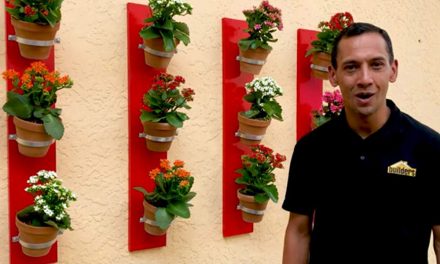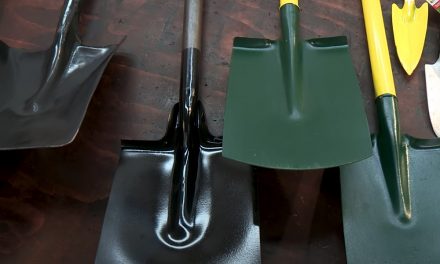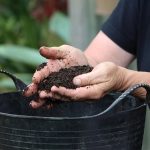Plant and eat
Learn about lemon herbs.

Lemon Herbs
Top of the list in culinary herbs is the lemon-flavoured group. They may have a more subtle taste than lemon juice, but they are just as useful.
Only a hint of lemon is needed to add zest to food and enhance delicate flavours. Lemon grass, lemon verbena, lemon balm and lemon thyme can be used in salads and salad dressings, herbal teas, refreshing cool drinks, herbal vinegars and a huge variety of fish, chicken and meat dishes.
Using lemon-flavoured herbs is not only about the taste, but also the fragrance. Lemon-scented herbs have a clear, fresh aroma that uplifts and energises. Besides their culinary use, they can be added to potpourri or used as insect repellents, and they are natural air fresheners.
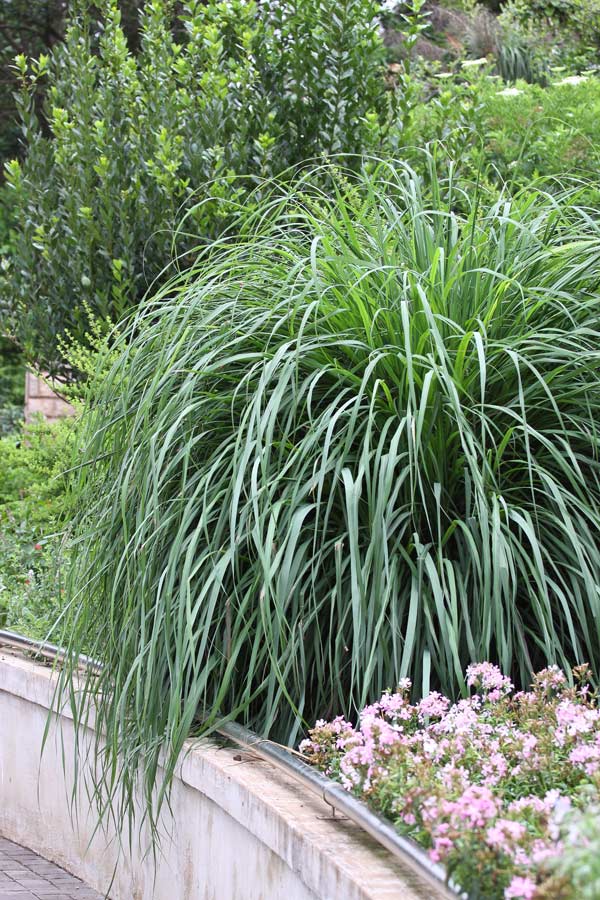
Lemon Grass
Cymbopogon citratus
Lemon grass is a clump-forming perennial with strongly lemon-scented leaves. It grows best in full sun, in fertile, well-drained soil and it needs plenty of water. It grows up to 1m high and can also be grown in large containers. Being frost tender, it dies down in winter, but it will come up again in spring. Cutting it down to about 20cm and removing any old remaining stems will encourage it to sprout strongly.
Using lemon grass:
- The leaves and young stems have long been used in South East Asian cuisine, especially with meat, curries and fish. Select firm young stalks (if they are soft or rubbery it means they are too old) and remove the tough outer leaves. The lower part of the stalk should be pale yellow, almost white, in colour – this is the part that is used in Thai cooking. To extract the most flavour, cut the stem into 5cm lengths and bruise the stem or make superficial cuts along the stem. Add the pieces to the curry or other dish, but remove before serving.
- The upper green stem can be added to soups, stews and curries for extra flavour.
- Lemon grass can also be pulped before it is added to a dish – cut the stalk into thin slices and use a food processor.
- Lemon grass makes a refreshing hot tea and delicious cool drink.
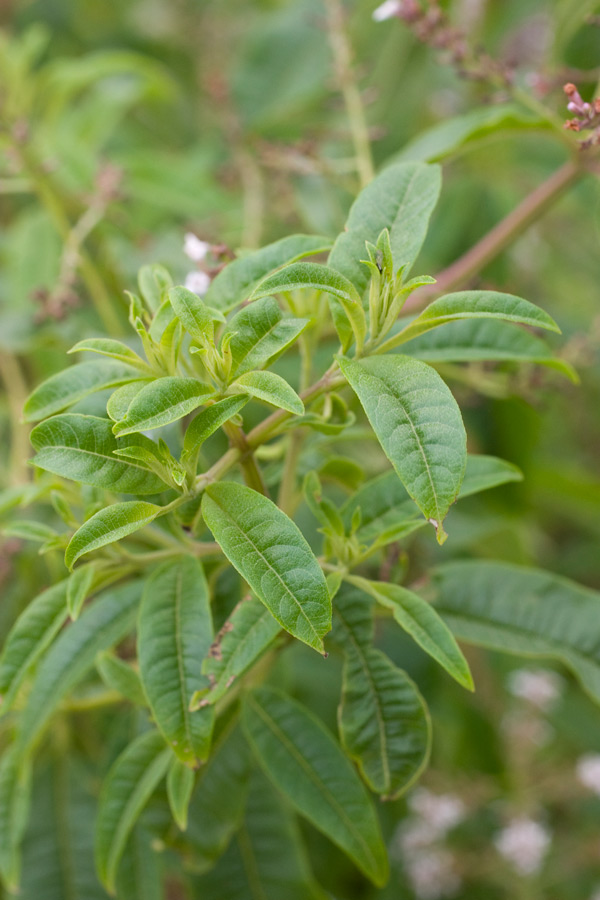
Lemon Verbena
Aloysia triphylla
Lemon verbena has the strongest lemon taste and fragrance of all the lemony herbs. It grows best in full sun, likes a light soil that drains well and should be watered regularly. It is sensitive to cold and will lose its leaves in winter but can be cut back in spring to encourage it to sprout again.
Using lemon verbena:
- The leaves are tough, so they should either be minced finely before adding to a dish, or left whole and removed before serving. Add the fresh leaves to fish and poultry dishes, vegetable marinades, cooked rice (just before serving), salad dressings, jams and desserts.
- The leaves dry well so it is a good idea to dry a batch in summer for use in winter when the bush has died down. Dried leaves can be crumbled before adding to recipes.
- Fresh or dried leaves make delicious herbal and iced teas as well as summery drinks (chop up the leaves before putting them in drinks). Make a refreshing tea by combining dried or fresh leaves with pineapple and apple mint.
- Mix with other lemon-scented herbs or with rosemary and thyme when making herbal vinegars.
- The leaves can be used to flavour desserts as well, including fruit salad, custard, jellies, sorbet and ice cream.
- Finely chopped lemon verbena can be used in place of lemon zest in recipes.
- Make a lemon-scented sugar by putting six leaves in a cup and covering them with sugar. Place the cup in a covered jar or container and leave it for a while, while the sugar absorbs the scent. The sugar can be sprinkled over the batter of muffins and cakes before baking, added to syrups and stewed fruit. Crumbled dried leaves can also be added to the batters of carrot, banana or zucchini bread.
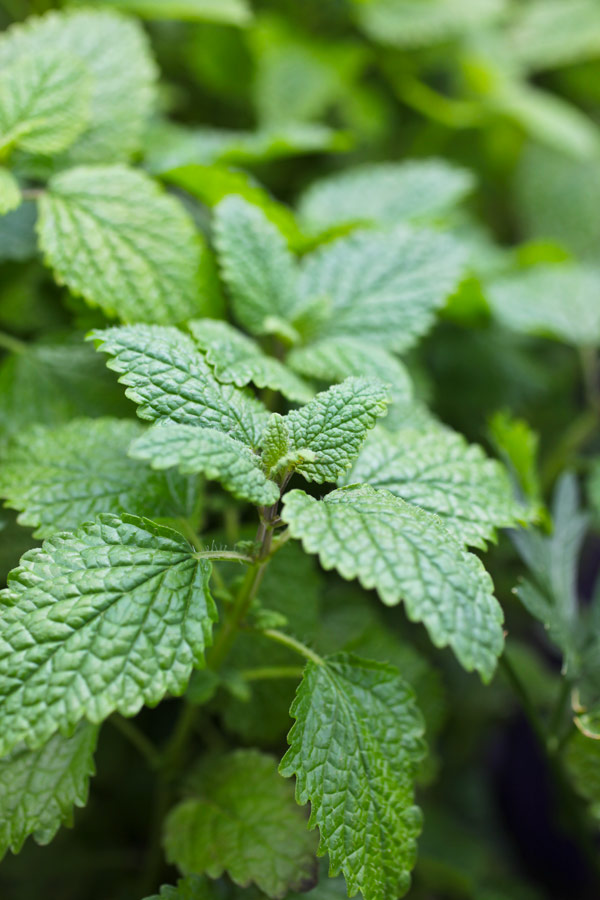
Lemon Balm
Melissa officinalis
Lemon balm is a short (30cm) perennial plant that grows in moist, fertile soil and does best if it can receive morning sun and afternoon shade. Although it is a member of the mint family, it is not invasive. It is best to use fresh lemon balm leaves as dried leaves quickly lose their aroma. The best way to preserve lemon balm is to freeze the leaves in water in ice cube trays and store the cubes in freezer bags.
Using lemon balm:
- The leaves have a delicate taste so you need to use more than you would use of the stronger culinary herbs. Crush or bruise the fresh leaves to release the lemony flavour.
- Add finely chopped fresh leaves to salads and egg dishes, and use it to garnish soft cheese.
- incorporate it into white sauce for fish, and into mayonnaise, marinades, vegetable soup and stews, poultry and pork.
- Instead of sage, use chopped lemon balm leaves in stuffing for pork, veal or for poultry.
- On the sweet side, add chopped leaves to fruit salads, jellies, jams and custards.
- Use sprigs in herbal vinegars, especially tarragon.
- Lemon balm tea is an excellent digestive and should be drunk after a meal. Use only fresh leaves in infusions as the volatile oil tends to disappear during the drying process. The tea can be sweetened with honey.
- Crushed leaves add flavour to summer punches and soft drinks.
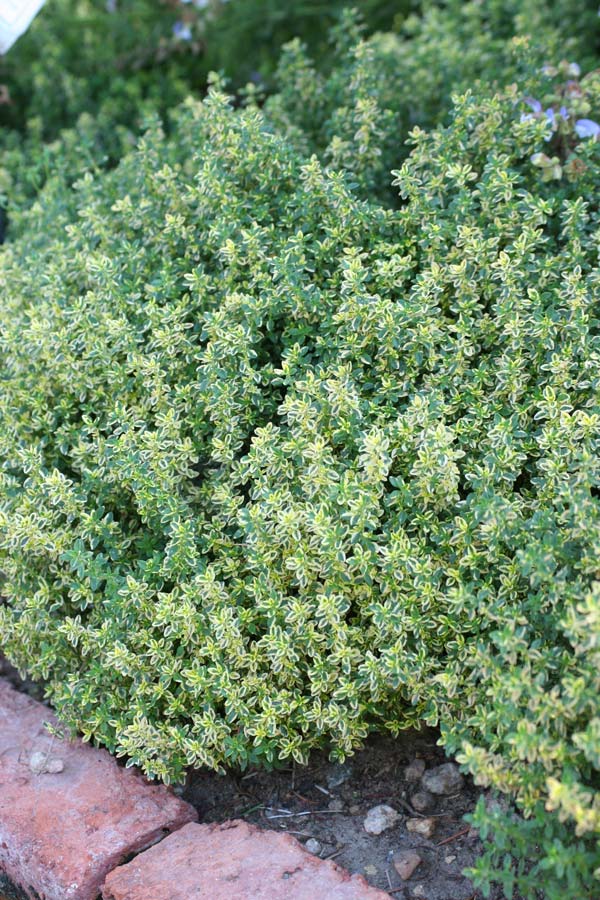
Lemon Thyme
Thymus x citriodorus
Lemon thyme is a small, shrubby perennial that grows to 30cm. It has little, bright green-yellow leaves that are lemon scented, and bears pale mauve flowers in spring. A beautiful plant, it likes full sun and gritty soil that drains well and is an excellent herb for growing in containers. It is frost hardy but likes protection from the elements, and if you harvest regularly keep a pot or two in a warm sunny spot for a good supply of leaves.
Using lemon thyme:
- Lemon thyme stalks are very tough so it is best to remove the leaves from the stems or chop up the leaves and stems very finely. Otherwise just use whole sprigs and remove them before serving. A fairly successful way of removing the leaves is to run them through the tines of a fork. This robust herb combines well with bay leaf and parsley and does not lose its flavour in slow-cooked dishes, such as casseroles, stews and potjiekos.
- Lemon thyme goes particularly well with chicken. When roasting chicken stuff the cavity with half a lemon, half a peeled onion, several sprigs of lemon thyme and one or two sprigs of rosemary. Sprigs of lemon thyme can also be added to chicken casseroles.
- Fried chicken is delicious if dried lemon thyme is mixed with seasoned breadcrumbs and used to coat the chicken pieces. This could be used for fish as well.
- Lamb, pork, beef, game, veal and sausages also combine well with lemon thyme.
- Sprinkle the leaves over salad, incorporate the chopped leaves in a vinaigrette dressing, add to a salsa, to herb butters, to mayonnaise with garlic chives, to sauces and marinades, as well as to egg and cheese dishes.
- Use the leaves to add zest to vegetables such as carrots, potatoes and tomatoes.
- Include it when baking or sautéing vegetables, especially mushrooms and courgettes.
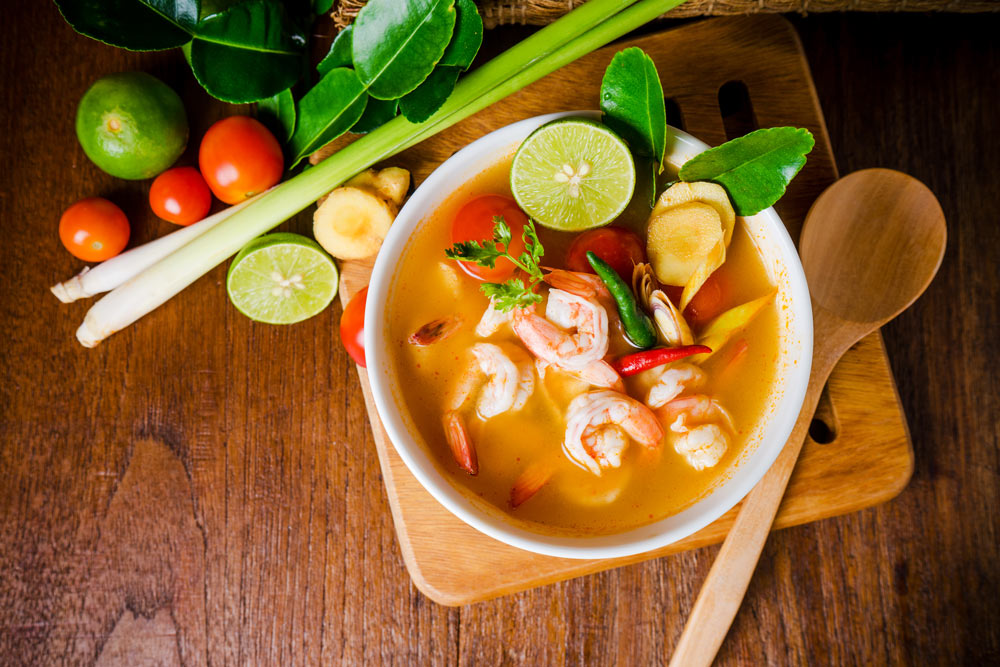
Thai Tom Yum
This well-loved dish in Thailand is hot and sour, usually cooked with shrimp or prawns and loaded with lemon grass.
Ingredients:
- 2 ½ cups chicken stock or water
- 10 – 12 prawns with the shell on
- 2 stalks lemon grass, chopped
- 3 tablespoons lime juice
- 3 hot chillies, chopped
- 3 slices galangal or ginger
- 3 lemon leaves, chopped
- 2 tablespoons chilli paste
- 3 teaspoons fish sauce
- 4 cherry tomatoes, halved
- Vegetable oil
Peel the prawns, leaving the tails on and retaining the shells. Add a little oil to a pan and add the prawn shells and toast them for a few minutes. Add the chicken stock and simmer until the stock has reduced to around 2 cups. Strain and set aside. Place the lemon grass, chillies, galangal/ginger, lemon leaves and chilli paste into a mortar and pestle and grind down until well combined and still a bit chunky. Add this paste to a saucepan with a little oil and heat through to release the flavours. Pour in the reserved stock, prawns, tomatoes and fish sauce, and cook for a few minutes until the prawns are cooked. Add the lime juice, heat through and serve.
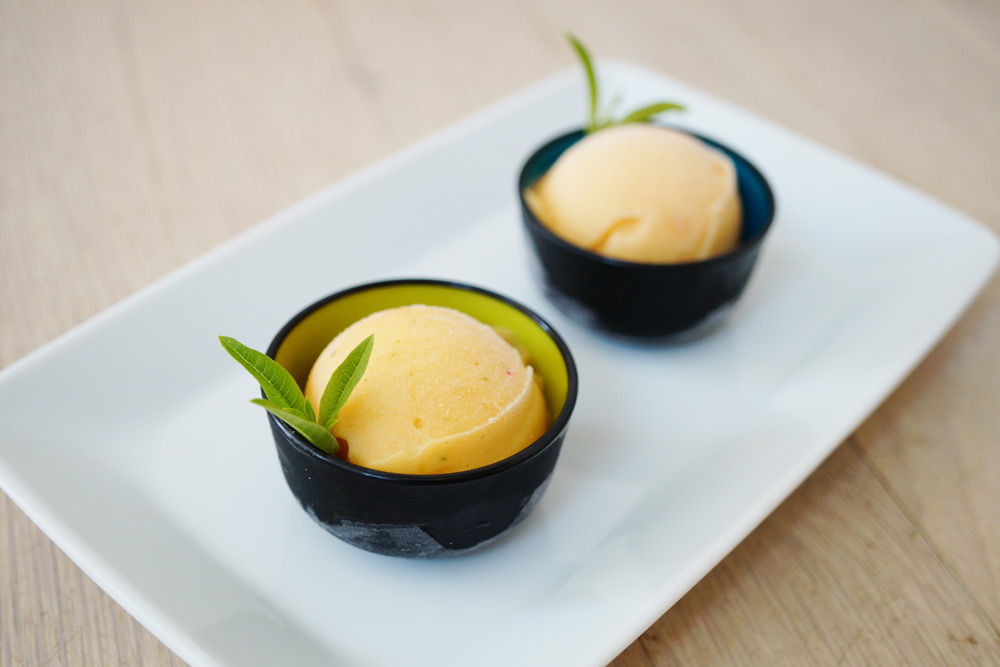
Peach and lemon verbena sorbet
Fresh and delicious with a hint of lemon.
Ingredients:
- 150g sugar
- 150ml water
- 2 handfuls lemon verbena leaves
- 700g ripe peaches, washed, cut into quarters with the pips removed
Place the sugar and water in a saucepan and bring it to the boil. Stir until the sugar is dissolved and add the verbena leaves. Leave off the heat for half an hour to infuse. Purée the peaches in a blender and then pass through a sieve to remove any bits. Remove the verbena leaves from the syrup and add to the puree. Pour into ice trays and freeze until hard. When frozen add the cubes to a food processor and process until smooth. Keep frozen until ready to serve, taking it out 5 minutes before serving to thaw a bit.
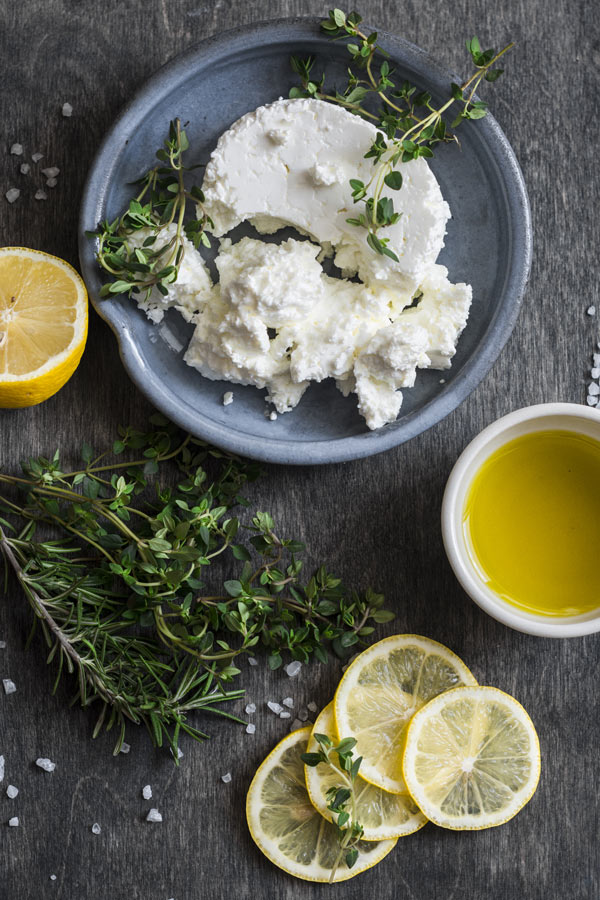
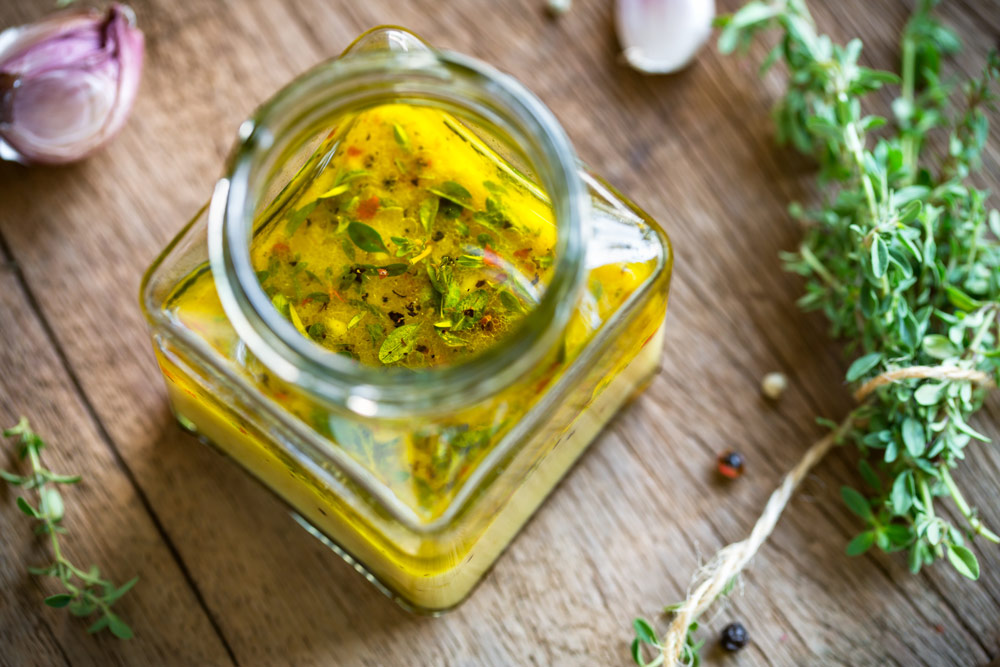
Serving suggestions
Try fresh lemon thyme with feta and olive oil for a fresh and tasty starter served with crusty bread or biscuits.
Liven up your favourite vinaigrette recipe by adding fresh lemon thyme.

